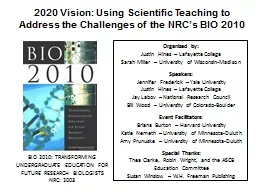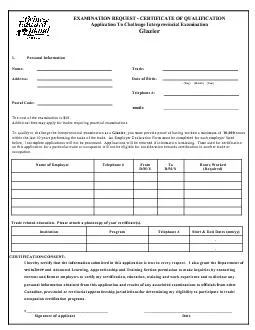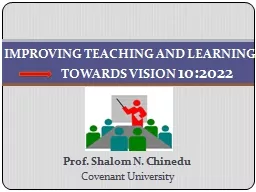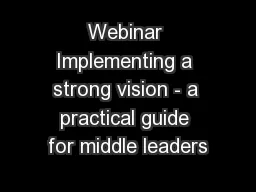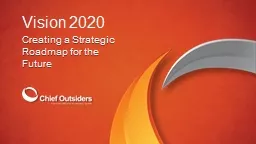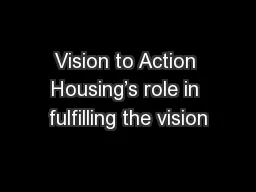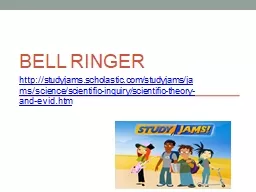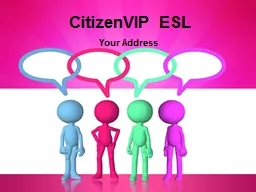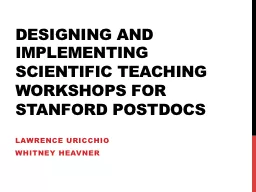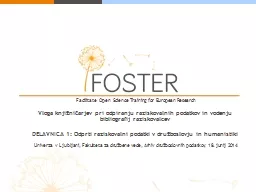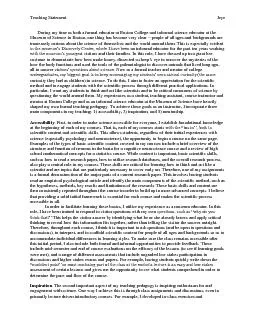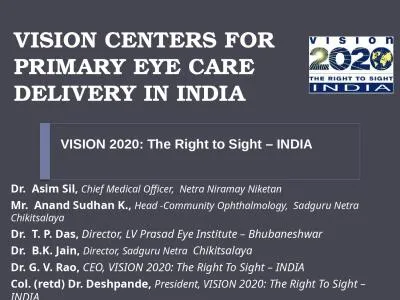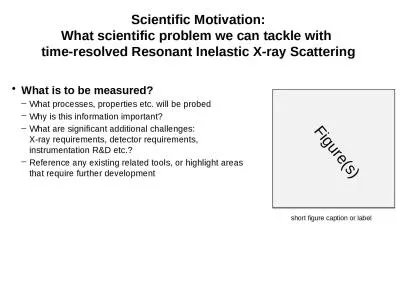PPT-2020 Vision: Using Scientific Teaching to Address the Chall
Author : pamella-moone | Published Date : 2017-04-25
BIO 2010 TRANSFORMING UNDERGRADUATE EDUCATION FOR FUTURE RESEARCH BIOLOGISTS NRC 2003 Organized by Justin Hines Lafayette College Sarah Miller University of WisconsinMadison
Presentation Embed Code
Download Presentation
Download Presentation The PPT/PDF document "2020 Vision: Using Scientific Teaching t..." is the property of its rightful owner. Permission is granted to download and print the materials on this website for personal, non-commercial use only, and to display it on your personal computer provided you do not modify the materials and that you retain all copyright notices contained in the materials. By downloading content from our website, you accept the terms of this agreement.
2020 Vision: Using Scientific Teaching to Address the Chall: Transcript
Download Rules Of Document
"2020 Vision: Using Scientific Teaching to Address the Chall"The content belongs to its owner. You may download and print it for personal use, without modification, and keep all copyright notices. By downloading, you agree to these terms.
Related Documents

